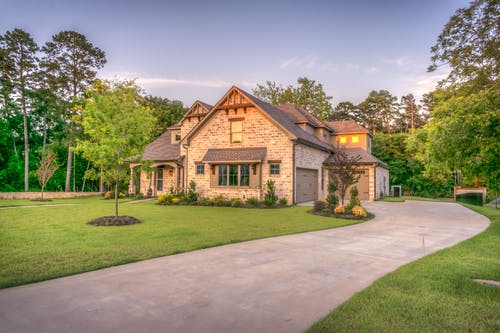
Protecting your family is as easy as investing in a swimming pool fencing. A swimming pool
fence that is well-constructed will have a latching gate or self-closing gate to keep children and
pets out of the water. It will protect your pool’s internal from potential damage or pests. Before
you decide to buy a pool fence, read these guidelines. Here are some important things to
remember when choosing a fence for your pool.
– Height. Your pool fence should measure between f
our and five feet in height. Horizontal
supports should not be used on the fence. The distance between fence pickets should not
exceed 4 inches. There should also be enough room between the pickets so that you can see
what’s going on. If your pool is in a yard with high fences, you may want to consider a gate.
Gates can be purchased for around $300 and should come with child-proof locks.

– Height: The fence must measure 48 inches from the ground. Between the top of the fence and
the bottom, there should be a two-inch gap. The fence should be tall enough to prevent a child
from climbing a five-foot fence. It should also be secured by a gate. Also, a gate that is secure
and sturdy is essential. The US Consumer Product Safety Commission has established
minimum requirements for residential pool fencing. A new law in Seattle, Washington, USA has
made it mandatory for fences to be at least five feet high and have an interbar spacing of four
inches.
Not only does pool fencing need to be legal, but so do city ordinances and laws. These
standards require that the pool fence must have a dynamic gate that isolates the pool from the
house. All pools must have a secure gate according to new pool laws. The legislation should
contain provisions that will enforce any pool that is not properly fenced. The law also states that
the fence must be four-sided. In many cases, walls on a home act as a barrier between the
swimming pool and the house.
To determine if pool fencing prevents drownings, more research is necessary. To establish the
protective effects of fences, additional case-control studies will be required. Pools should be
considered the unit of analysis in the study design. Children who drowned in unfenced pools are
considered case studies. Pools that have not experienced drownings are considered controls.
The research would also include information about children’s experiences with swimming pools
of different ages. It is important that you note that some studies used probabilities from other
studies and are not conclusive.
Aside from metal, another material that can be used for pool fencing is glass. These fences are
often quite expensive and not recommended in areas with extreme weather conditions. For pool
fencing, metal and wrought iron are popular choices. They are also resistant the elements.
These fences are often aesthetically pleasing. They are also affordable and can be used to
fence around large swimming pools.
Safety is a top priority. If you have a family and frequently swim in the pool, safety fences are a
great feature to consider. These gates can help keep children and pets out of the pool without
getting trapped or injured. They provide security and comfort for parents, especially when they
have young children who want to jump in or out. So, pool fencing is a must for every home. It is a
great investment, and you should carefully consider it before making your final decision.
You should also consider installing a fence around your pool if you rent your home. It will help
you protect yourself from any unfortunate accidents that could arise from your swimming pool.
You may be responsible for the cost of repairs to damaged pool fences depending on the type
and location of your rental property. To avoid any problems later, make sure you discuss this
with your landlord or renter’s insurer. In some cases, pool fencing may be required by law. If this
is the case, it’s best that you get your lease signed before installing pool fence.
A study published in 1991 by Pitt and Hahn concluded that pool fencing significantly reduces the
risk of drowning. Compared to a pool without a fence, the risk of drowning was 0.27 (95% CI
0.13-0.41) when a pool was properly fenced. You can also install an alarm on a screen, or gate.
This prevents anyone accessing the water. This also prevents animals from seeing the stairs or
the pool area.
